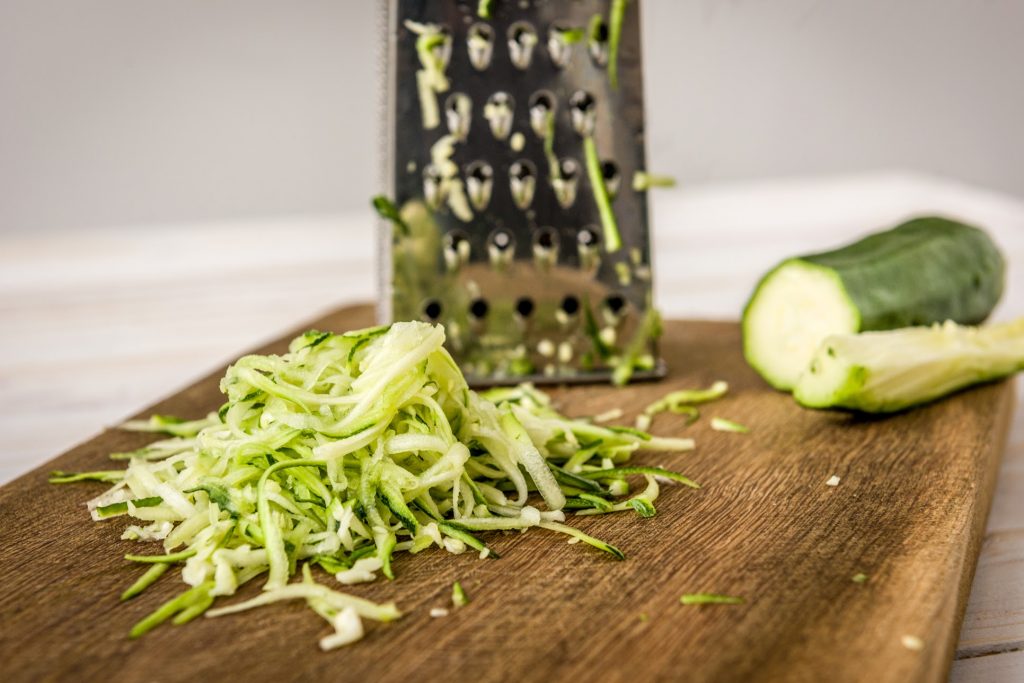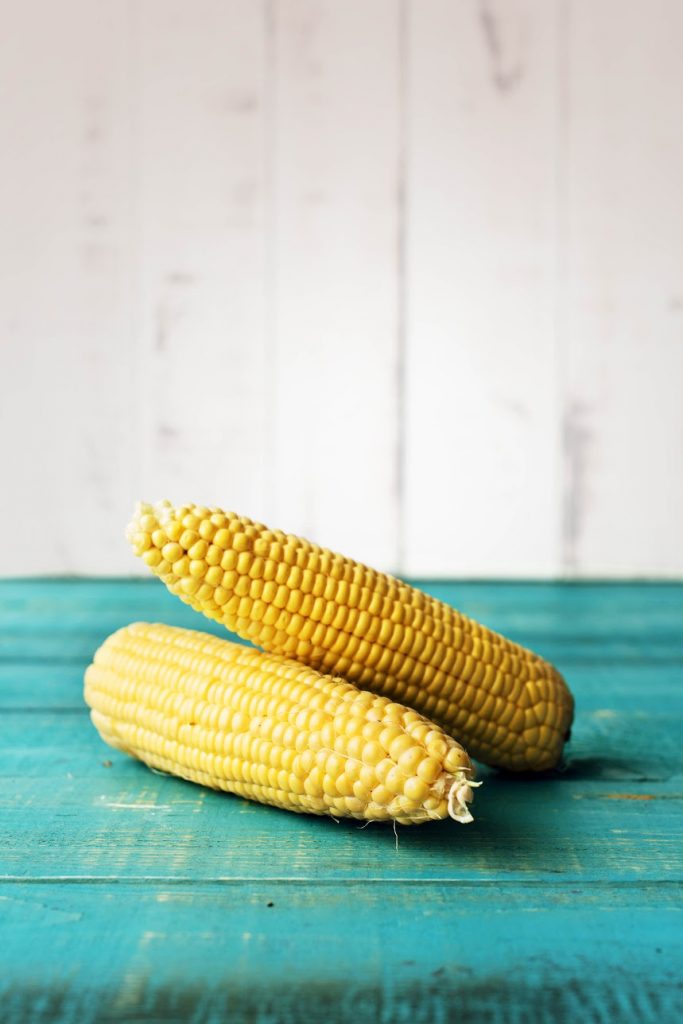How to Store Fresh Herbs & Veggies July 29, 2016
Are you storing your herbs and veggies incorrectly? Read on to find out…
Earlier this month, we published a post about how to tell when your favorite summertime fruits are ripe. We revealed all the sniffing, poking, and prodding secrets, like how to flip off an avocado cap (a trick that totally blew our minds, by the way), take a whiff of a mango, and pluck leaves from a pineapple’s crown.
Now, it’s time to talk about storing. I know, I know, this stuff is not nearly as glamorous as cooking, but it’s important. Like, really important. Because when faced with a fresh batch of produce, figuring out how to handle it all can be quite daunting.
Wait, are all herbs supposed to go in the refrigerator? What about corn? And what the heck should I do with this eggplant?
Trust us, we feel your pain. Avoid a kitchen catastrophe by learning exactly how to store fresh herbs and veggies.
1. Tender Herbs (ex: Tarragon, Parsley, Cilantro, and Mint)
Once you get your hands on these tender herbs, snip off the ends and toss out any wilted leaves. Place in one inch of water (like a flower bouquet) while sealing the top with an overturned plastic bag. Store in the refrigerator, refreshing the water every day or two if it looks cloudy.
RECIPE: Salmon en Papillote with Whole Wheat Couscous Pilaf, Asparagus, and Tarragon Chive Herb Sauce
2. Basil
Although basil is technically a tender herb, we decided to separate it from the rest of the bunch because it needs to be stored out of the refrigerator and away from direct sunlight. Instead, make a home for it in a glass or vase of water on your counter where the temperature hovers around a balmy 50 degrees.
RECIPE: Spring Veggie Flatbread with Basil Pesto and Lemon
3. Zucchini
These cucumber look-alikes should be stored unwashed in a plastic bag in the refrigerator drawer where they’ll remain fresh for up to five days.
TIP: You know the “don’t judge a book by its cover” saying? Well, the same goes for zucchini and yellow squash. They often have small nicks and scrapes on their skin, but this is a totally normal result of the production process. Simply cut out the blemishes, and you’ll be good to go.
RECIPE: Harissa Lamb Meatballs with Zucchini Ribbons, Bulgur, and Spiced Yogurt
4. Eggplant
When you think eggplant, think palm trees and fruity drinks with little umbrella straws. This vegetable is tropical in origin, so it does NOT agree with extreme cold (we’re with you, eggplant) and should be stored in the refrigerator drawer where it will keep for around three to four days.
RECIPE: Eggplant and Sun-dried Tomato Linguine with Fresh Mozzarella and Parsley
5. Cucumber
Hey YOU! You’re as cool as a cucumber, and by cool we mean 45 degrees, the ideal temperature for storing this summertime staple. It’s best to keep them in a plastic bag on the refrigerator shelf for around three to five days. Also, don’t worry if you notice a waxy skin. It’s completely natural and actually helps retain moisture to maximize freshness!
TIP: All cucumbers (seedless varieties and the ones with seeds) ripen at the tips first. So even if the ends feel soft, the space in-between still holds the promise of that juicy crunch we’ve come to love.
RECIPE: Watermelon and Farro Salad with Mozzarella, Cucumber, and Black Pepper-Candied Pecans
6. Tomatoes
Do not, we repeat, do NOT, store fresh tomatoes in the refrigerator. The cold will turn their flesh dry while sucking out all the flavor. That being said, if they’re too ripe, we give you permission to toss ’em in the refrigerator to prevent spoiling.
RECIPE: Seared Steak and Crispy Potato Salad with Tomatoes, Green Beans, and Shallot Sauce
7. Arugula
Wash and dry these peppery greens before wrapping in a moistened paper towel and placing them in a plastic bag in the refrigerator drawer.
RECIPE: Chicken and Nectarine Panzanella with Mint, Zucchini, and Fresh Mozzarella
8. Bok Choy
Keep this Chinese cabbage fresh by storing it unwashed in a plastic bag. In the refrigerator, it’ll keep for around three to four days; however, you can also wash, blanch, drain, and freeze it in airtight containers or freezer bags for up to a year.
TIP: If it looks like it has suffered from a bit of wear and tear, simply peel off and discard the outer leaves. Apply ice directly to the clusters or place leaves in a bowl of cold water, and voila! It’ll perk right up.
RECIPE: Glazed Teriyaki Chicken with Baby Bok Choy and Coconut Brown Rice
9. Corn on the Cob
Keep your corn far, far away from direct sunlight. Instead, store in air-tight containers or tightly wrapped plastic bags in the refrigerator.
RECIPE: One-Pot Mexican Quinoa with Sweet Corn, Avocado, and Feta
10. Red Bell Pepper
These veggies do NOT like the extreme cold, so store unwashed and dry in a plastic bag in the refrigerator drawer for one to two weeks.
11. Green Beans
In an ideal world, all green beans would snap when broken and be firm, smooth, and vibrant green. However, in reality, this doesn’t happen nearly as often as we would like (one can dream though). For your best chances, store unwashed in a plastic bag lined with a paper towel in the refrigerator drawer.
RECIPE: Glazed Pork Tenderloin with Caramelized Sweet Potato and Crispy Green Beans
You know what veggie we can’t get enough of? Eggplant. Check out these five genius ways to prepare it.















